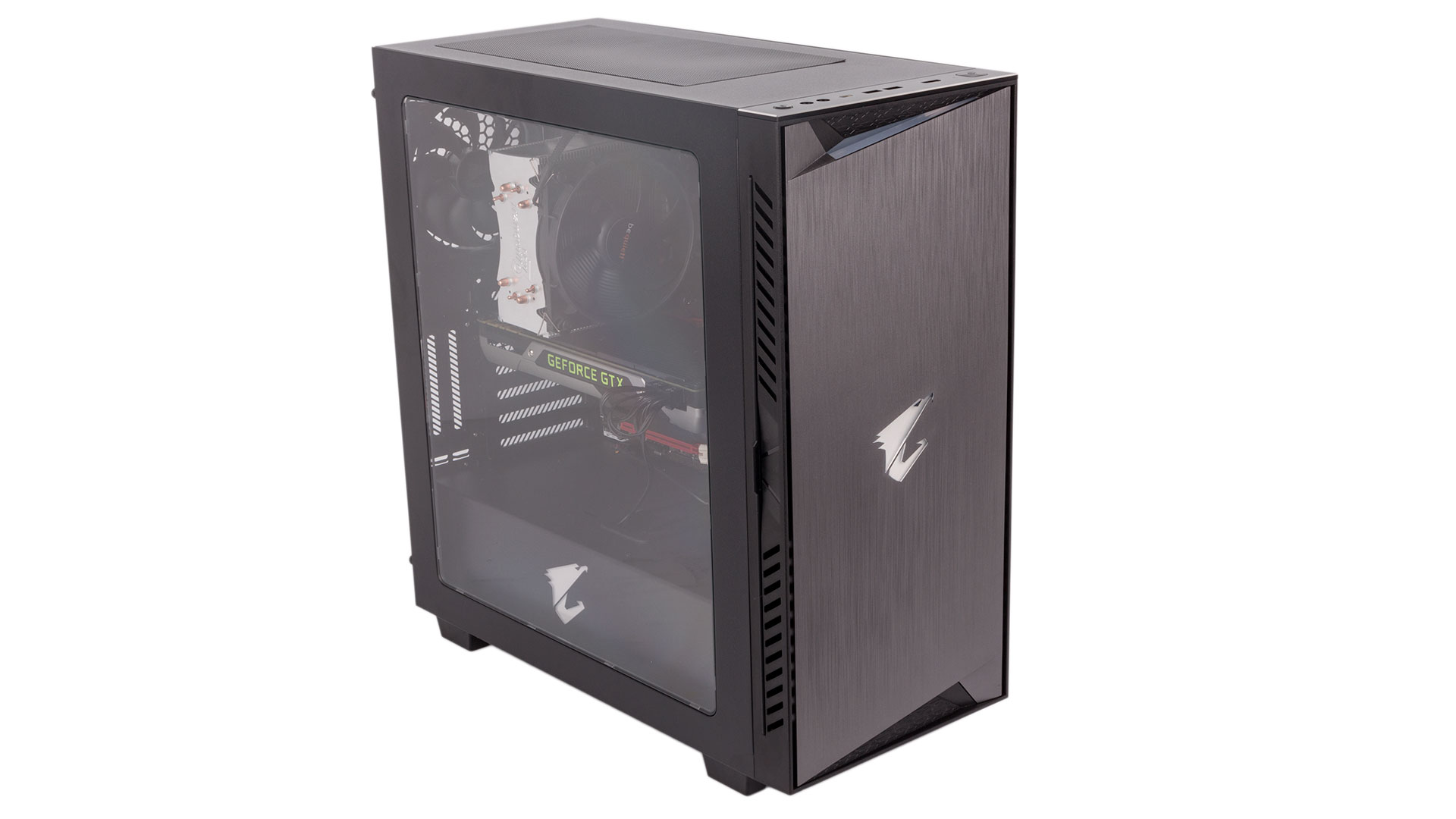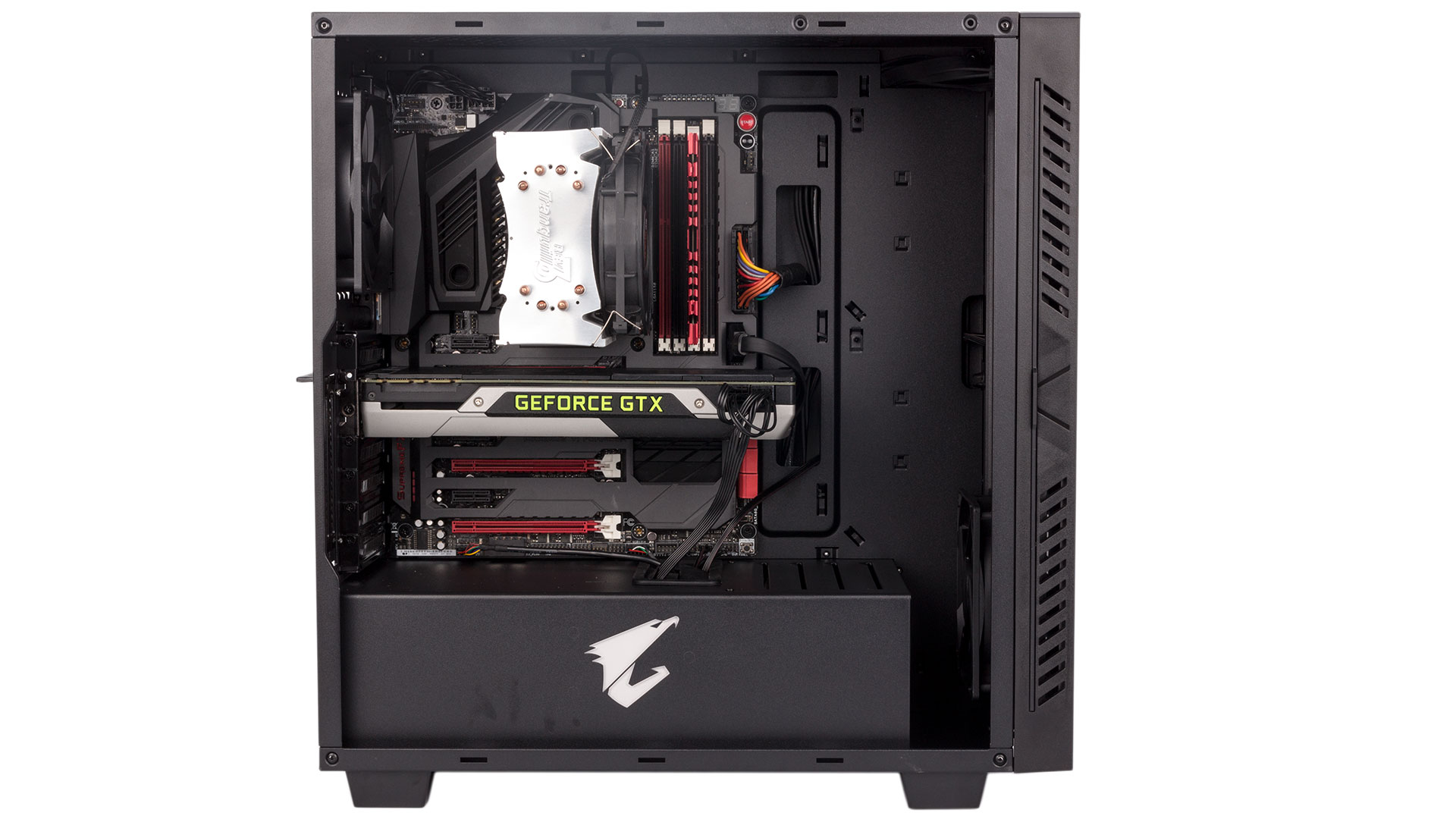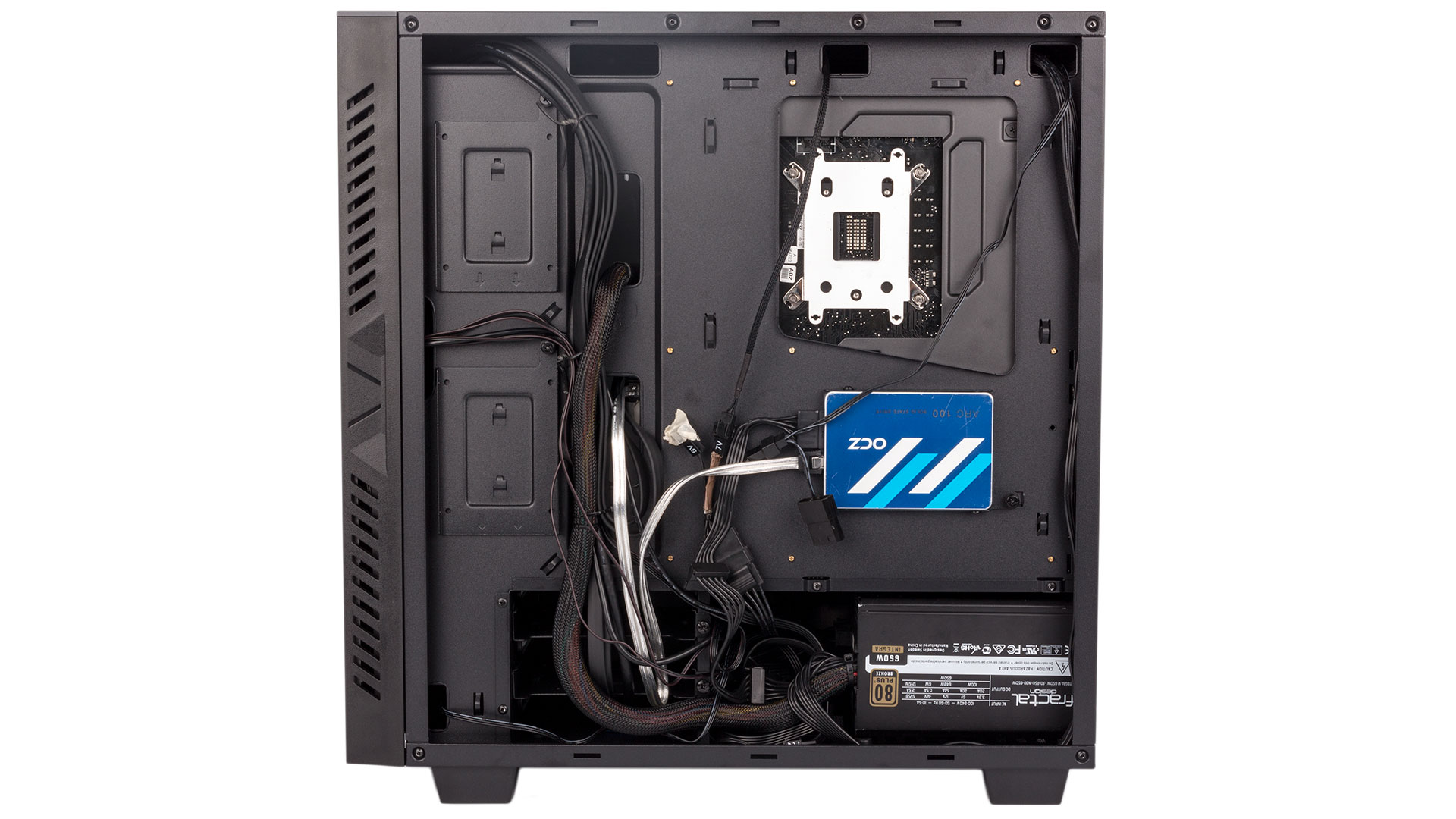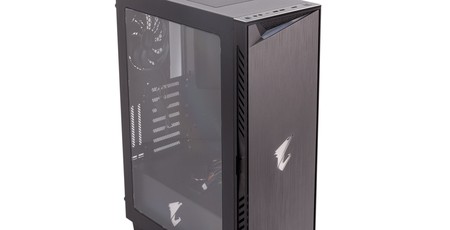Performance Analysis
With distinctly average results for both the CPU and GPU, the Aorus AC300W shows itself capable of cooling overclocked, high-end hardware out of the box but evidently isn't designed as a high-airflow monster. That's fine, and the level of cooling it offers by default will suffice for most users. Plus, it has decent expandability in this realm too. We tested with the case fans running at full speed, and noise levels were acceptable, so you needn't worry about that side of things either.


Conclusion
When Phanteks entered the case market a few years back, it did so with a distinct splash. The £200 Enthoo Primo was and still is a full-tower case to be reckoned with, iconic in design and packed with features that put many manufacturers at the time to shame.Clearly, this is not the approach that Aorus is taking. That's not to say there's no place for the AC300W, but in so crowded a market it's definitely landed with more of a plop than a splash. In certain areas, it does well: We like the easy-access dust filters, the ability to mount a GPU vertically, the cooling expansion options, and the front I/O Type-C and HDMI connectors. However, in others, Aorus seems to have dropped the ball a little. The front and side panels are attached in ways that feel tired, the lack of true USB 3.1 connectivity for the Type-C header is questionable, and the length of the HDMI cable is just needlessly restrictive. The use of Molex connectors and the absence of Velcro cable ties and a tempered glass side panel also stand out as problematic in today's market at this price point and not having static colour settings for the RGB lighting is silly, too.


It's odd, but HDMI cable issue really sticks for us. By calling for users to use internal HDMI ports only, Aorus is evidently hoping to entice users into buying Aorus graphics cards, and the RGB-backlit logos with Gigabyte RGB Fusion compatibility also seem to push users towards Aorus hardware. That's fine, of course, as it's absolutely Aorus' prerogative to do so and in a way makes business sense – we can see the AC300W looking pretty awesome with an Aorus motherboard, vertically mounted Aorus graphics card, and synchronised RGB lighting. However, we wonder if the Aorus brand is strong enough to inspire this level of loyalty among those putting together a system; the AC300W is decent but it's not a strong enough case in every regard to make people think they just have to have Aorus hardware to go with it. A more generic approach to the RGB lighting and HDMI connectivity, as well as a few tweaks in other areas, would broaden the case's appeal considerably, which seems important for a first entry. Then again, Aorus may well be responding to specific demand for a case that matches the hardware of its fanbase, but in that instance you'd expect an even more heavily brand-oriented product.
Ultimately, the AC300W is a testing of the waters for Gigabyte/Aorus. At £100, we were expecting more, although the case still proves that the company can swim in these waters with some comfort, but hopefully it will now find the confidence to take off its armbands and use its considerable resources to enter the deep end (okay we'll stop now) and produce something that makes more of a... mark.

MSI MPG Velox 100R Chassis Review
October 14 2021 | 15:04









Want to comment? Please log in.